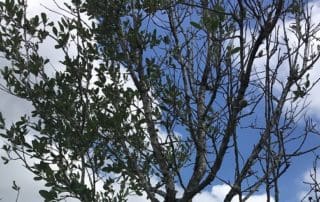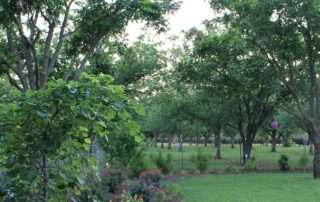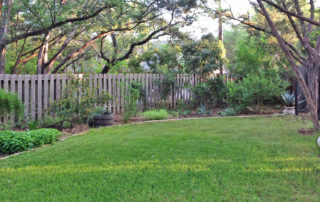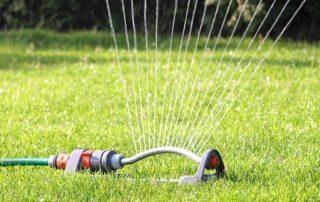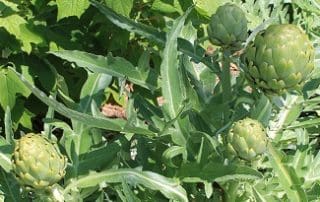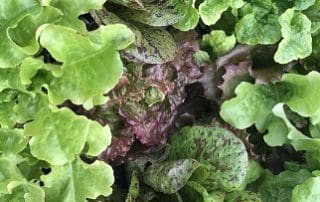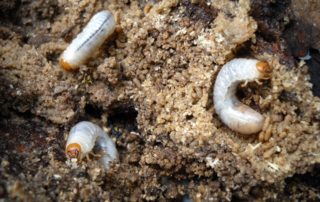Trees That Fail to Thrive
Failure to Thrive The vast majority of diagnostic questions I receive each year are related to trees with health issues. Many of these issues could be avoided by proper (and consistent) care of the tree from the day it is planted. Sometimes things do go wrong, and knowing what to do can be instrumental in reviving the health of a tree. Trees have the amazing ability to “compartmentalize” diseased and damaged tissue, and to produce healthy tissue around it. If a tree has been stressed by environmental issues such as [...]

